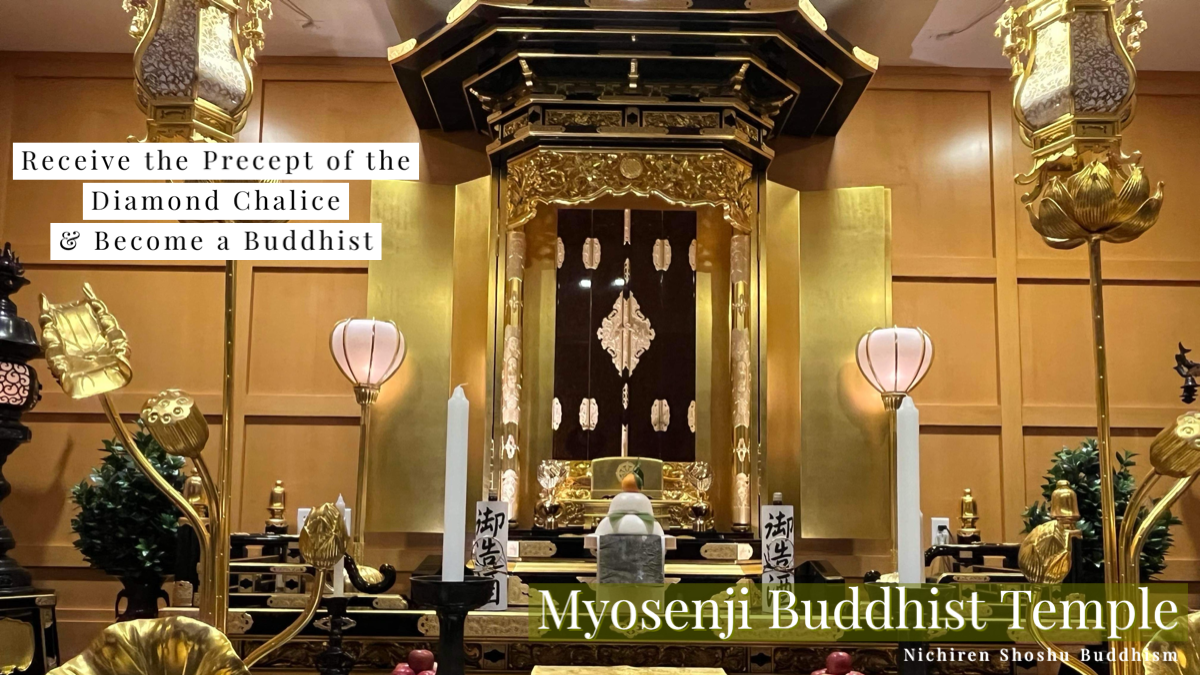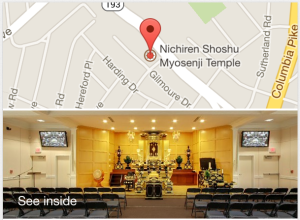
Now in the Latter Day of the Law, neither the Lotus Sutra nor the other sutras lead to enlightenment; only Nam-Myoho-Renge-Kyo can do so. And this is not merely my own opinion. Shakyamuni, Taho, and all the other Buddhas and Bodhisattvas of the ten directions as well as the innumerable Bodhisattvas of the Earth have so determined . . . . A lamp will be useless after the sun rises. How can dewdrops be beneficial once the rain falls?
written by Nichiren Daishonin, 13th century Japan
There are two ultimate purposes for taking faith in this Buddhism. One is to realize an absolutely unshakable state of happiness in which there is boundless joy in being alive (attaining Buddhahood in this lifetime). The other is to realize an ideal society in which people can enjoy happy lives together based on True Buddhism.
Uncovering and revealing the world of Buddhahood is the fundamental source for attacking the root cause of suffering in human life, and for resolving every possible form of distress. This is the absolute happiness each and every person in the world is longing for in the depths of his or her heart.
Visit Myosenji Buddhist Temple
This Saturday, March 10th, visit for our Introduction meeting on Buddhism’s beliefs and origins. There will be a brief video presentation followed by a brief lecture from our Chief Priest, Rev Sakabe. He will explain why and how Buddhist chanting brings joy to your life.
- Learn how to chant Nam Myoho Renge Kyo and properly use the Juzu Beads, Buddhist prayer beads.
- Q&A with our Chief Priest.
- The meeting starts at 2:00 pm and concludes around 3:15 pm. Open to the public.
- 310 University Blvd West, Silver Spring, MD 20901
If you have decided to become a Buddhist or are interested in learning how to become a Buddhist, after Saturday’s meeting (about 3:30 pm) Rev Sakabe will be performing the Acceptance of the Precept Ceremony, the ceremony where you become a Buddhist.


